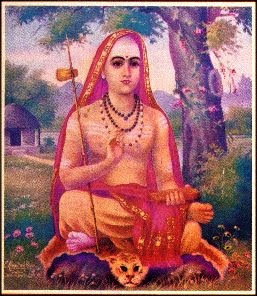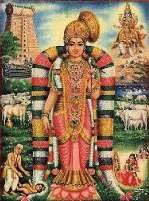Adi Sankaracharya : 4.

Sankara's Digvijaya Sankara's philosophical conquests are unique in the world. He had his triumphant tour all over India. He met the leaders of different schools of thought. He convinced them by arguments and established the supremacy and truth of the religion that he expounded in his commentaries. He went to all the celebrated seats of learning. He challenged the learned men to discussion, argued with them and converted them to his opinions and views. He defeated Bhatta Bhaskara and condemned his Bhashya (commentary) on the Vedanta Sutras. He then met Dandi and Mayura and taught them his philosophy. He then defeated in argument Harsha, author of Khandana Khanda Kadya, Abhinavagupta, Murari Misra, Udayanacharya, Dharmagupta, Kumarila and Prabhakara. Sankara then proceeded to Mahishmati. Mandana Misra was the chief Pundit of the court of Mahishmati. Mandana was brought up in the Karma Mimamsa faith and so he had intense hatred for the Sannyasins. He was performing
.jpg)





